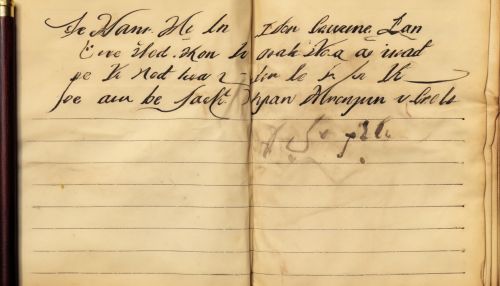Fermat's Last Theorem
Introduction
Fermat's Last Theorem is a statement in number theory that was first proposed by Pierre de Fermat, a lawyer and amateur mathematician, in 1637. The theorem states that no three positive integers a, b, and c can satisfy the equation a^n + b^n = c^n for any integer value of n greater than 2. The case n = 2 corresponds to the Pythagorean theorem, which has infinitely many solutions in integers.


History
The theorem is named after Pierre de Fermat, who wrote in the margin of his copy of the book "Arithmetica" by Diophantus that he had a "truly marvelous proof" for the theorem, but the margin was too narrow to contain it. This statement, made in 1637, came to be known as Fermat's Last Theorem, as it was the last of his statements that remained unproven.
Attempts at Proof
For over 350 years, Fermat's Last Theorem puzzled mathematicians. Many incorrect proofs were proposed, including those by notable mathematicians such as Germain, Lamé, and others. The incorrect proofs stimulated further research in number theory, and opened up new areas of research.
Proof by Andrew Wiles
In 1994, British mathematician Andrew Wiles announced a proof of Fermat's Last Theorem. His proof was based on the modularity theorem for semistable elliptic curves, proving a special case of the Taniyama–Shimura–Weil conjecture. The proof was published in 1995 and is widely accepted as valid.
Impact on Mathematics
The proof of Fermat's Last Theorem has had a significant impact on the field of mathematics, particularly in the area of number theory. It has led to the development of new techniques and tools in the field of elliptic curves and modular forms. The theorem and its proof also stimulated further research in these areas.
